Photography Blog
Personal work, updates, thoughts, opinions and the occasional tutorials and tips…
Stories
Everyone loves a good story.
Stories are at the heart of our social and cultural heritage. No matter where we’re from, we all grow up listening to stories and passing them on. They’re an intrinsic part of the social landscape; from religious beliefs and dogma to popular culture and art, stories are at the core of human communication. And when it comes to sharing important information, storytelling is one of the most useful and powerful tools we have.
When we share images online we tell stories. We’re sharing our experiences with the world through a visual narrative. For example the images below from a weekend spent sailing with old friends earlier this year. The images combine to offer a short story that describes the experience.


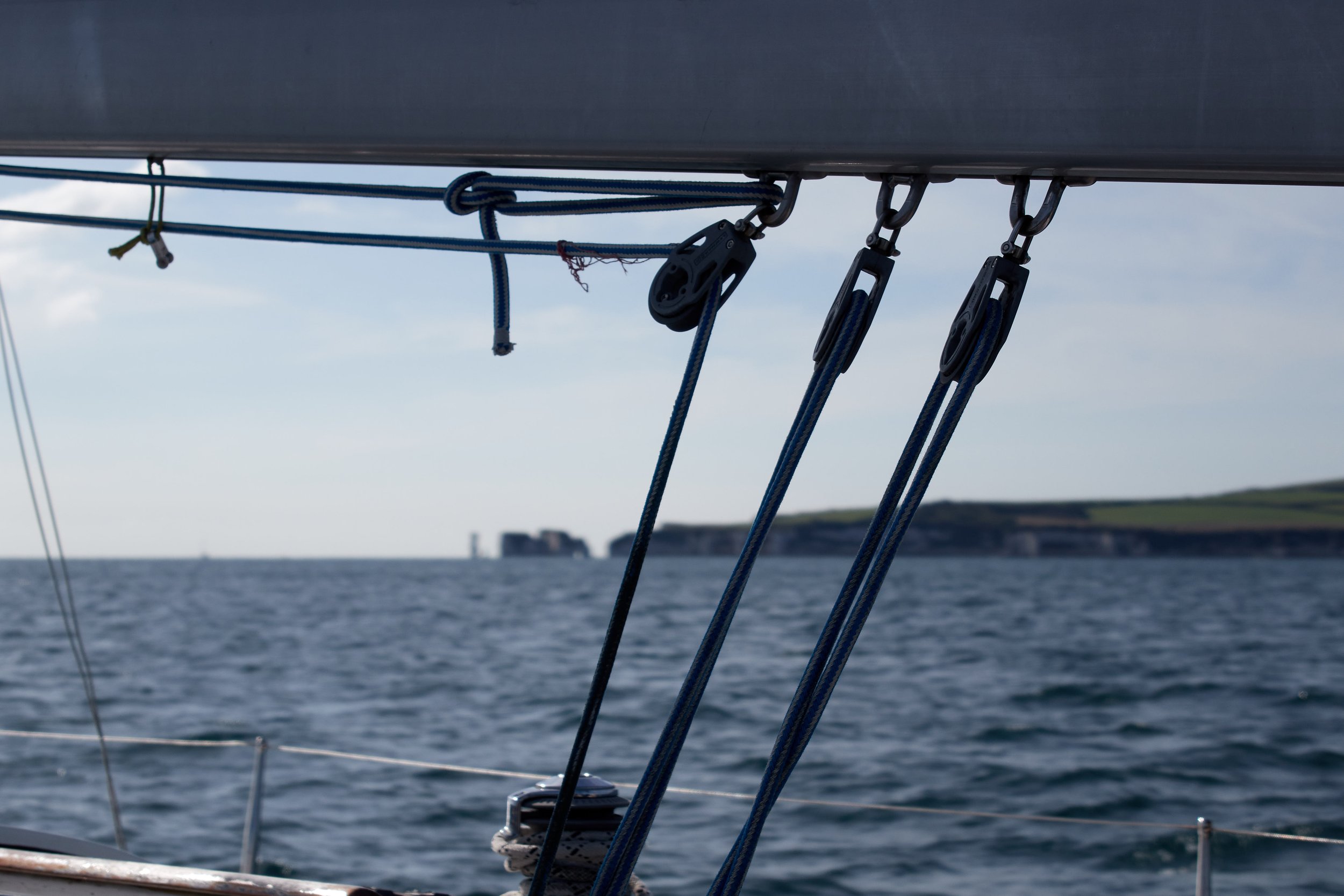
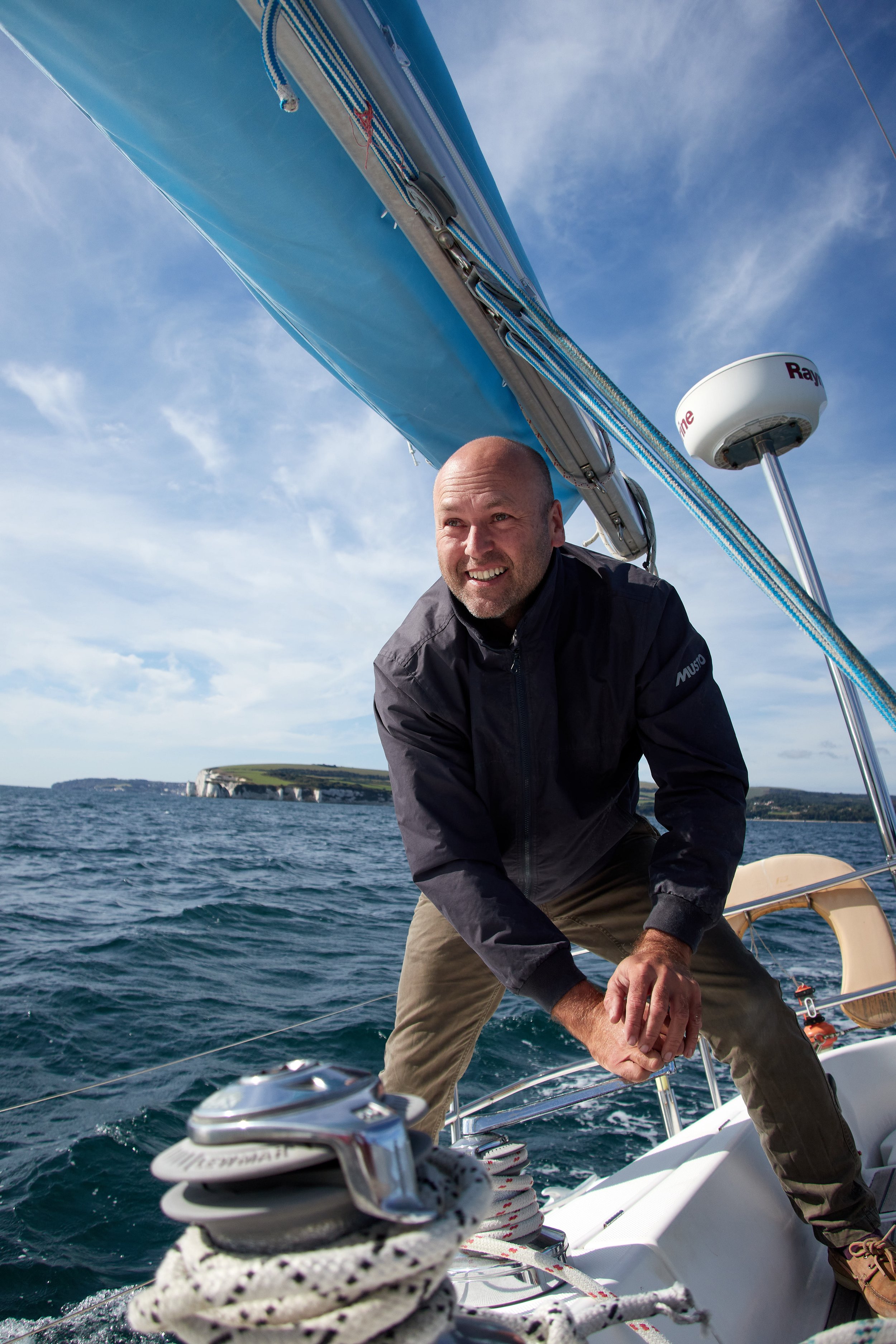


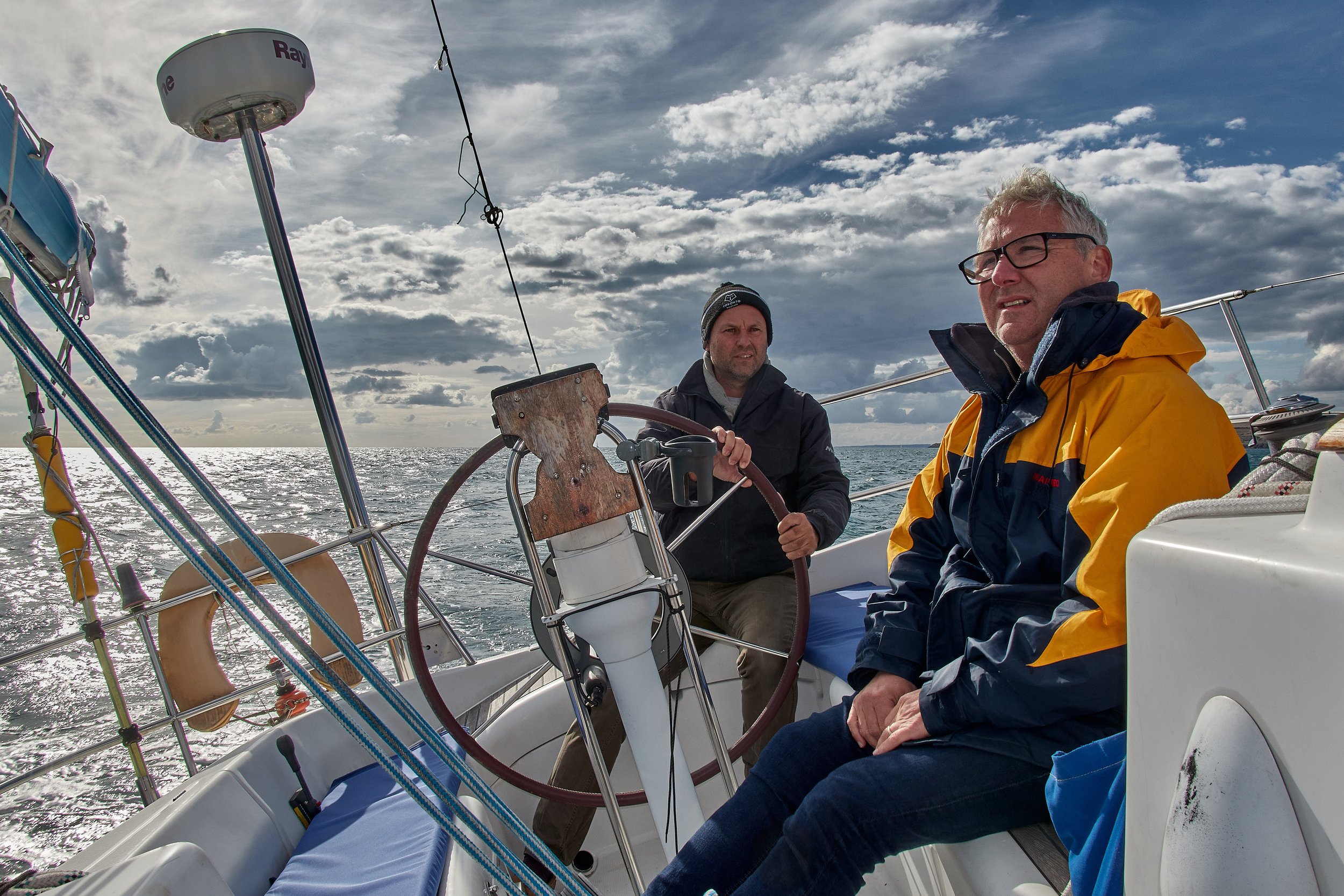
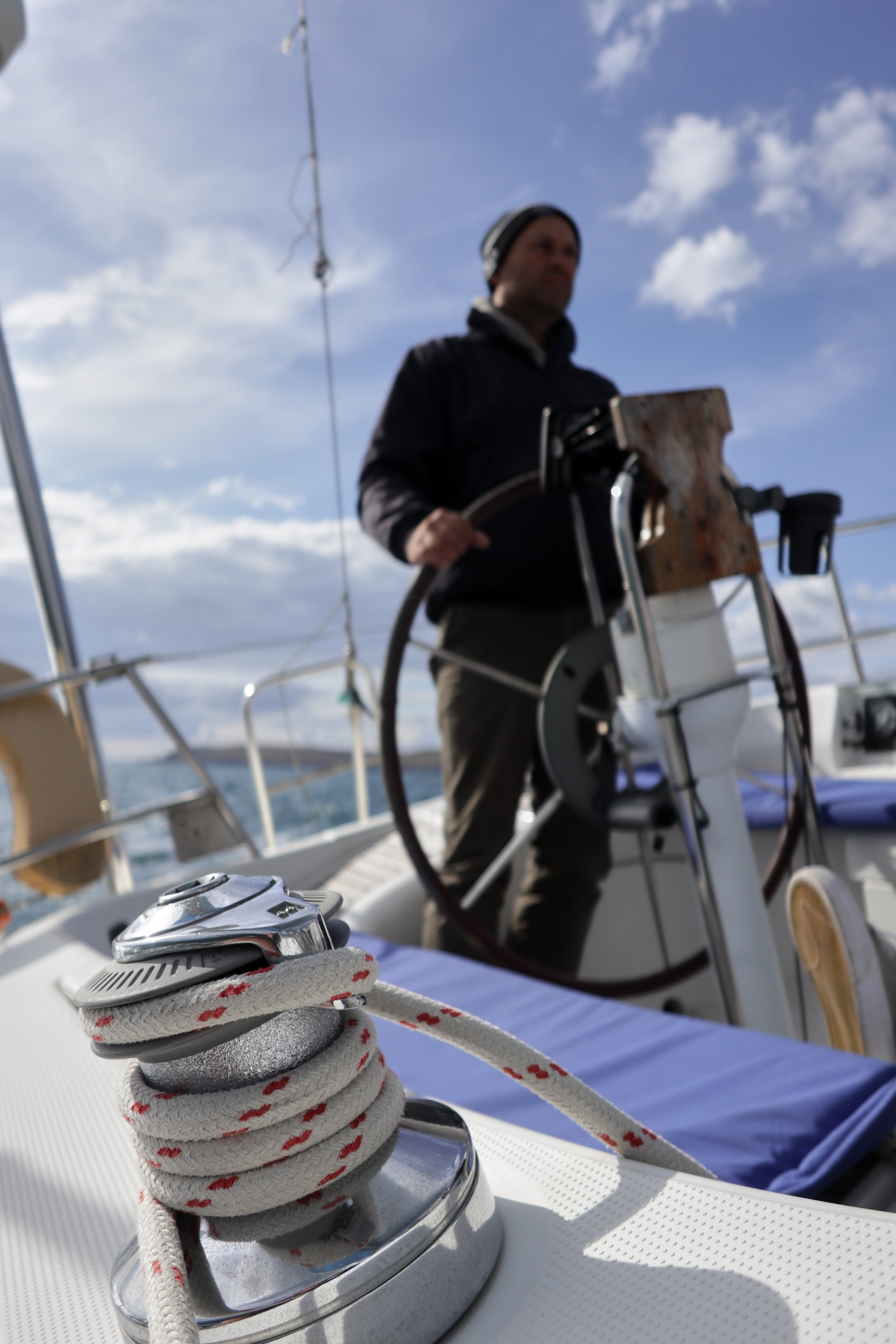



Many stories follow a tried and tested formula and are intended to inform, educate, or entertain. They often depict journeys as metaphores for transformation or personal development. Not all stories are complete however, just as not all stories carry a responsibility to take a moral stance or make the world a better place. Some are simple tools that deliver a simple message, as in advertising or promotion, and it’s the means of that delivery - the story - that help the message succeed in finding its target. Of course the better the story, the more likely people are to remember it.
The most successful advertising campaigns often rely on comical or emotive narratives in order to engage their audience in this way. Similarly, company websites, marketing and promotional materials, even annual reports or promotional brochures all employ a visual narrative in order to get people’s attention and deliver their message.
Storytelling using stills images can take many forms: it can be a single, compelling image or a series of images taken over a period of time. A small collection of images can be used to showcase a process, a practice, or a product. No matter how simple or complex the narrative, photographic images provide an invaluable means of reaching your target audience.
Stories aren’t necessarily conclusive, they can be open-ended and form a small part of a wider, on-going narrative. For example the images below of skateboarders at the Undercroft at London’s Southbank Center don’t tell the complete story of urban skateboarding subculture; what they do is present a snapshot of that subculture, part of a much wider, on-going narrative.
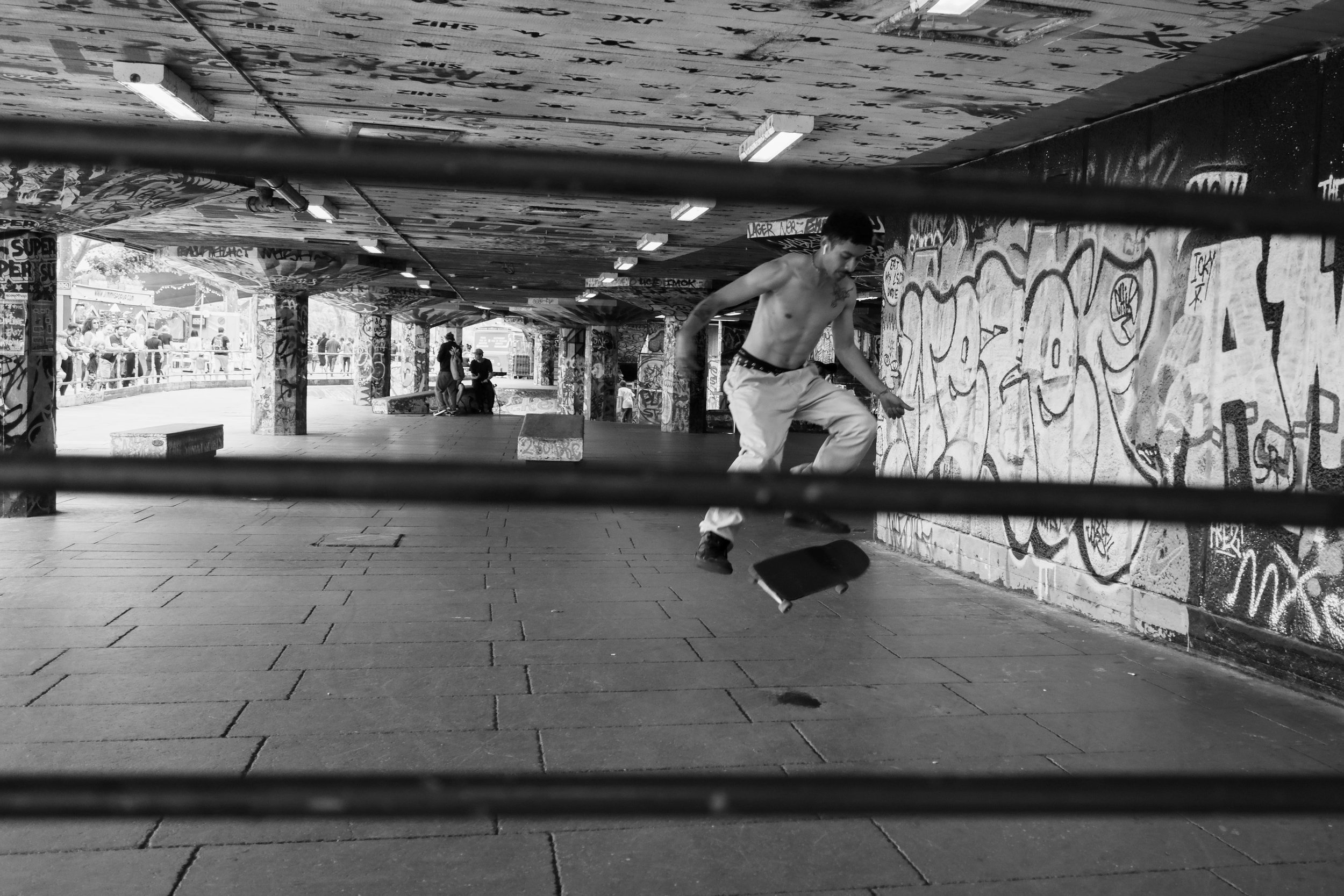
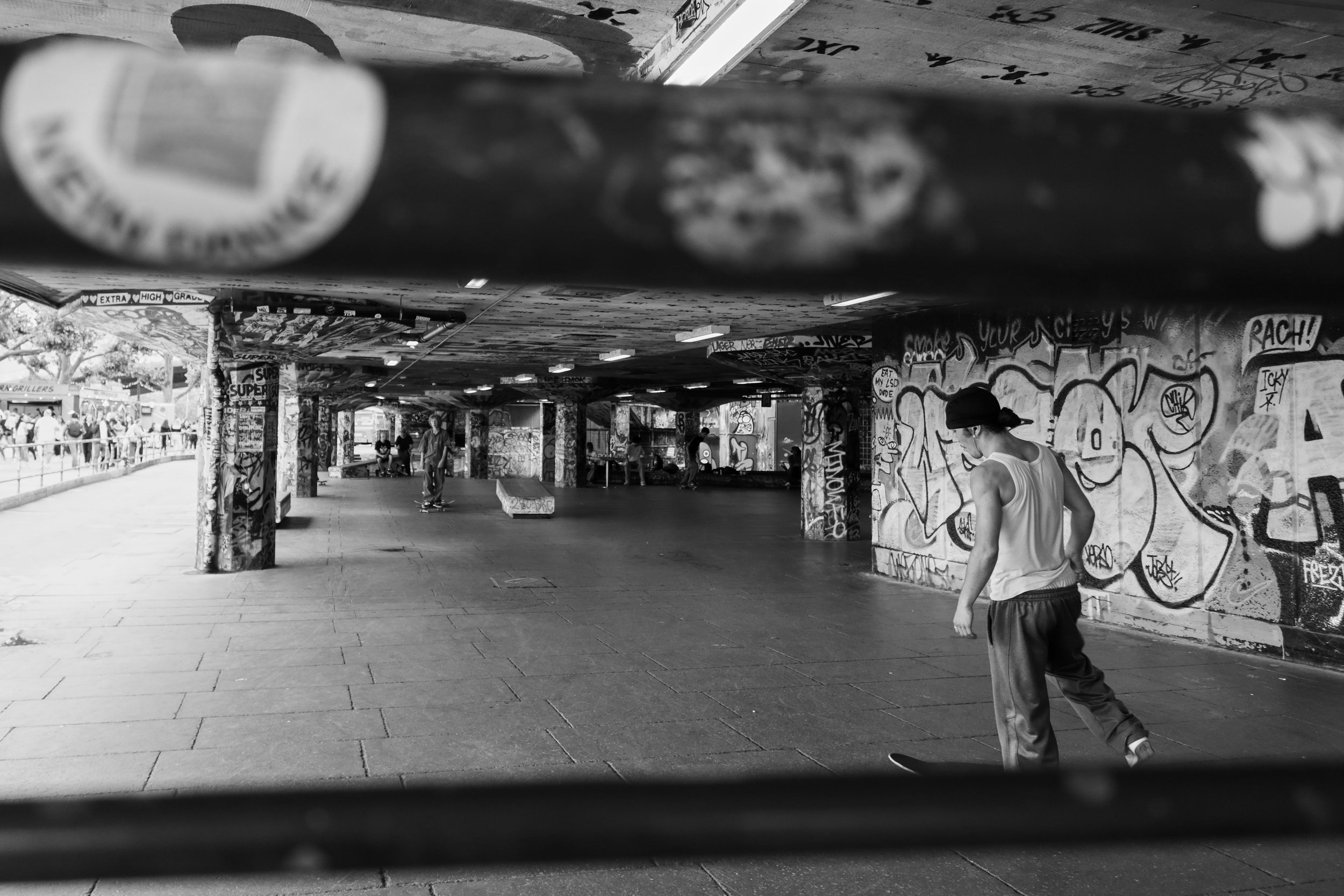
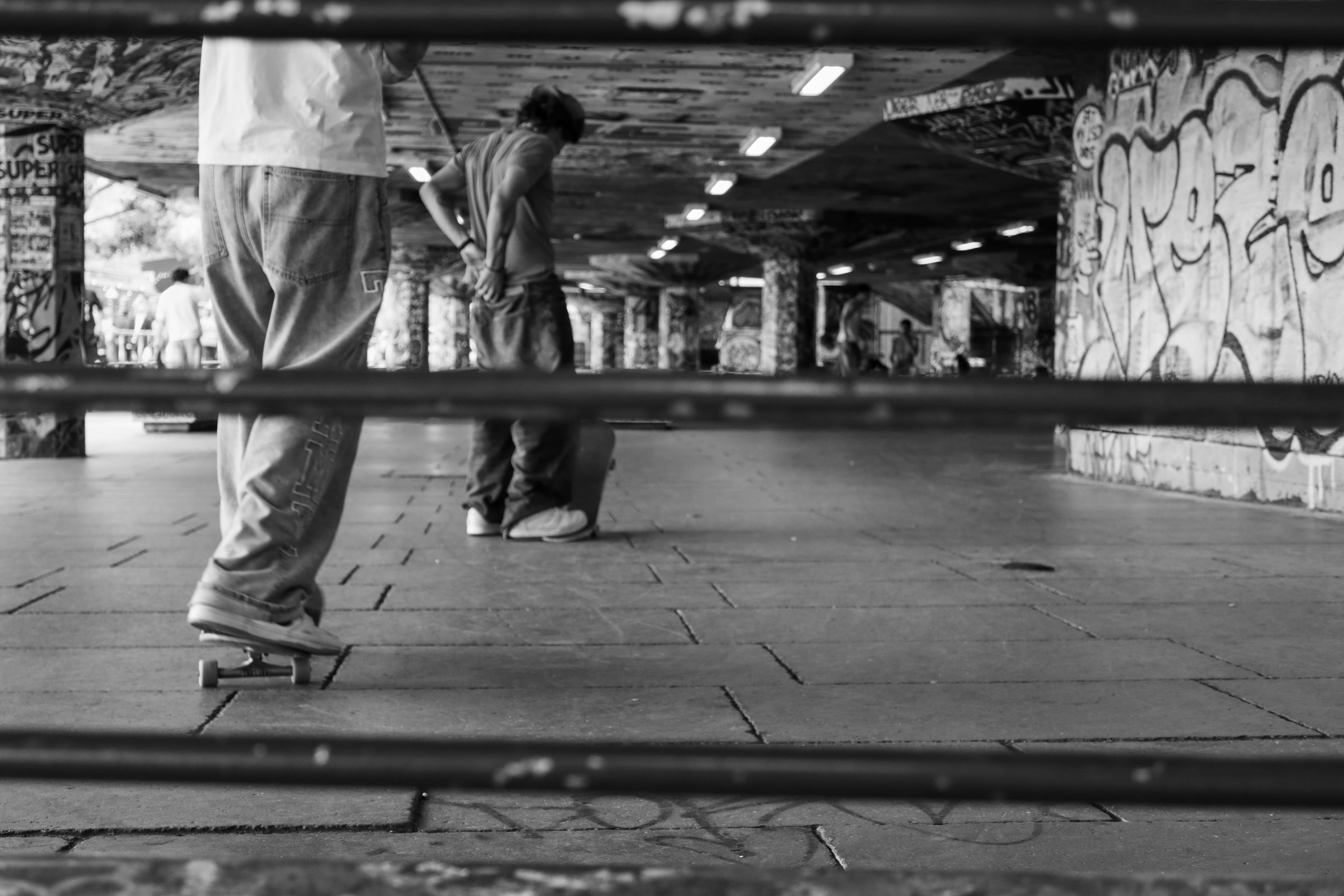
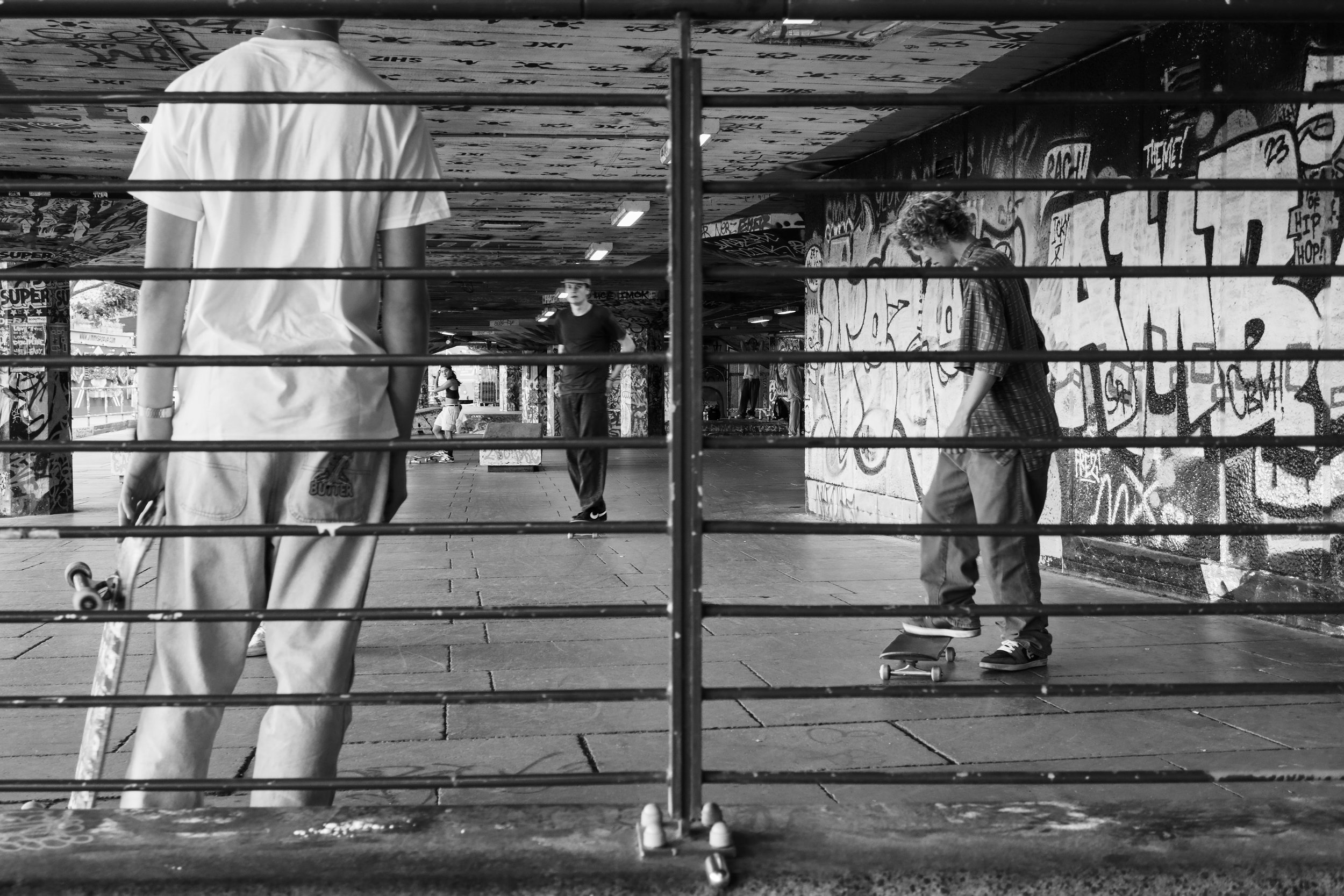
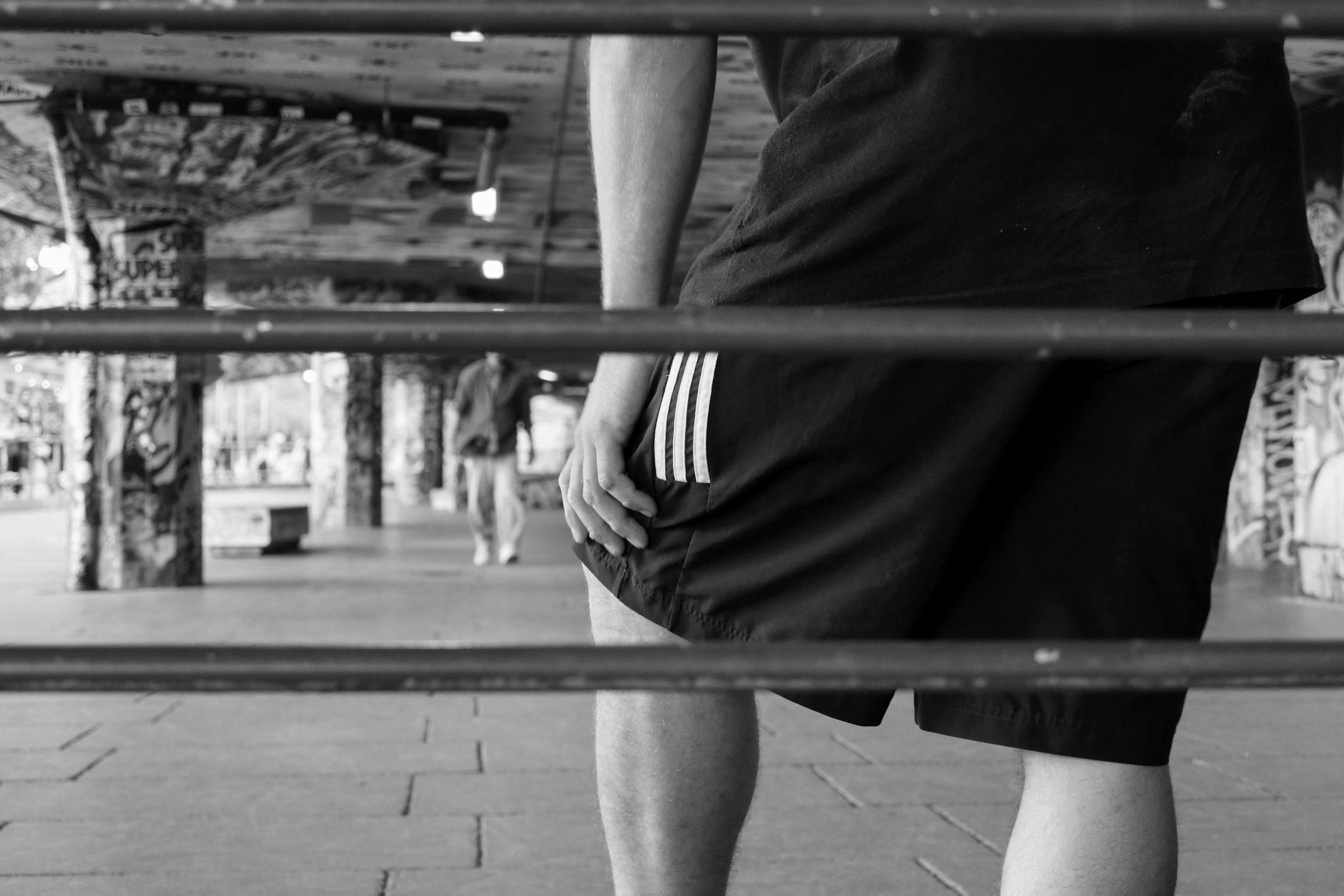
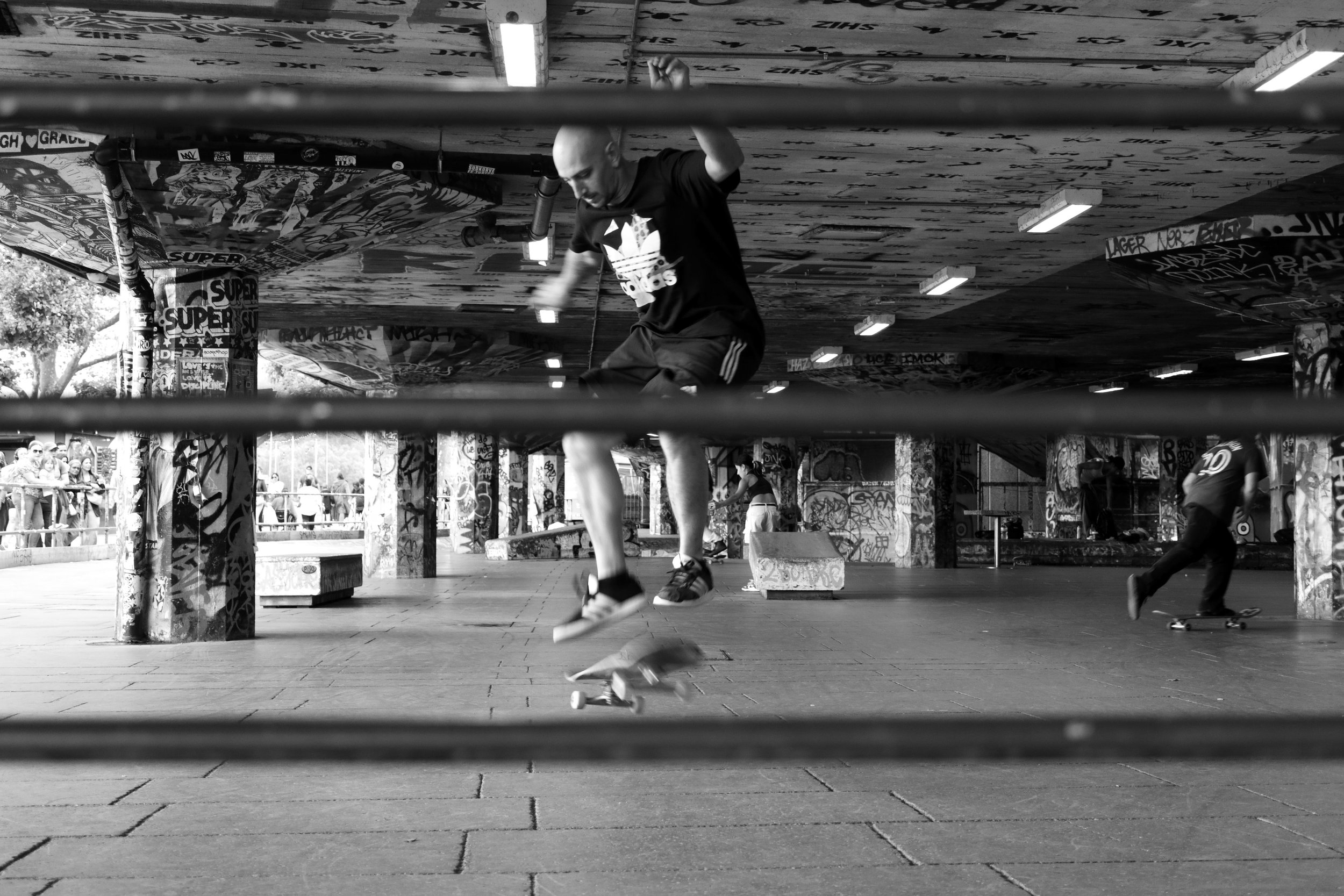
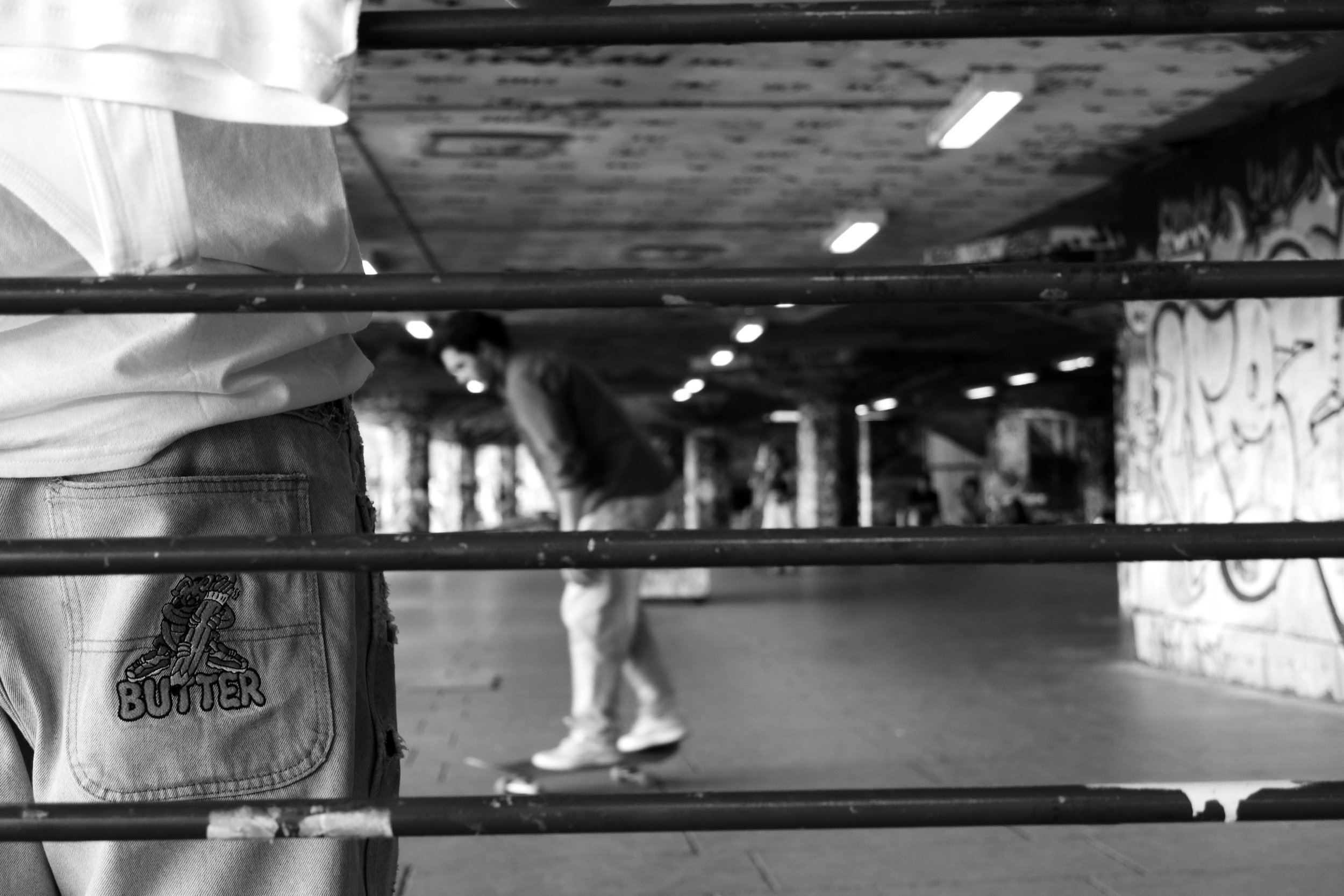
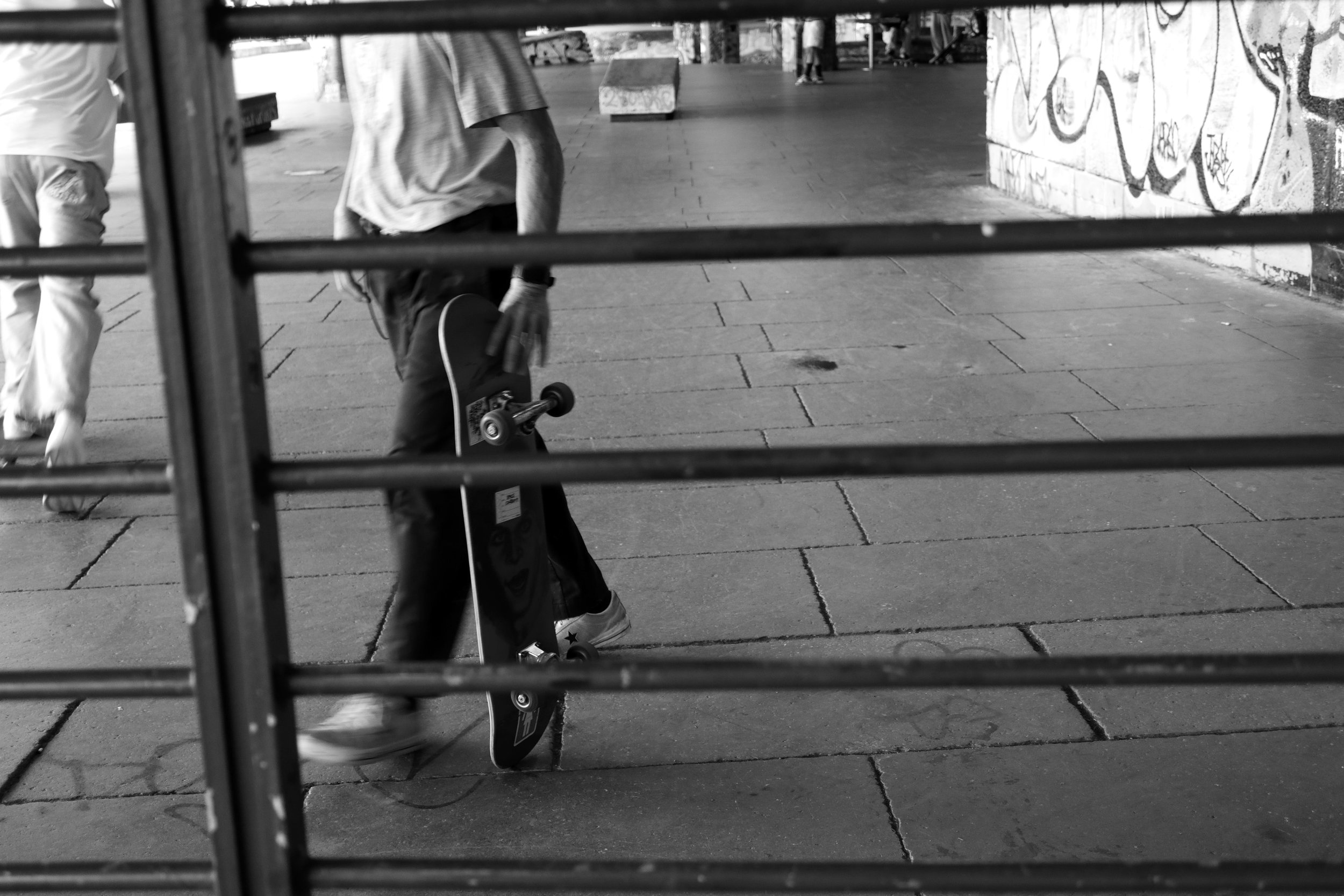
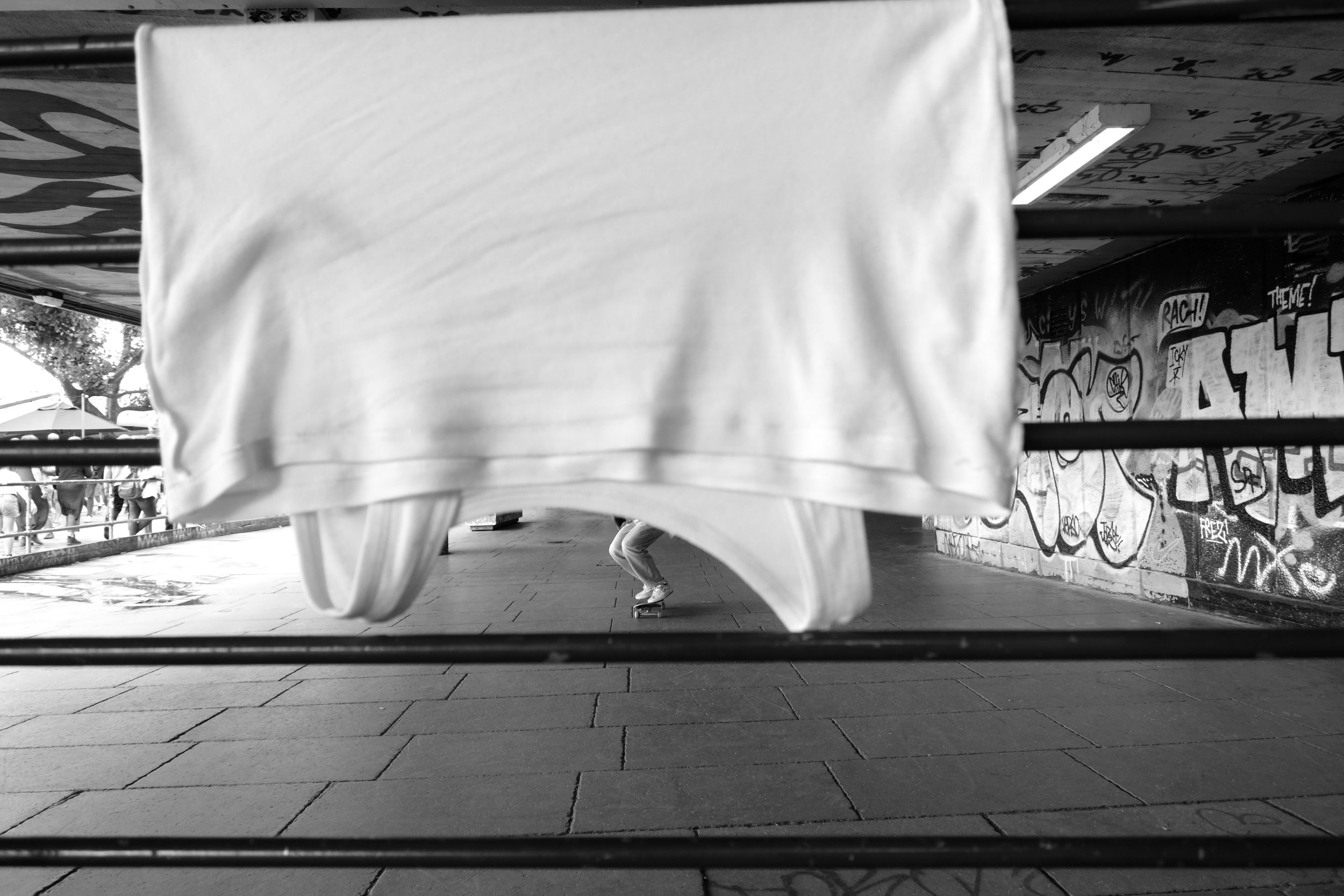
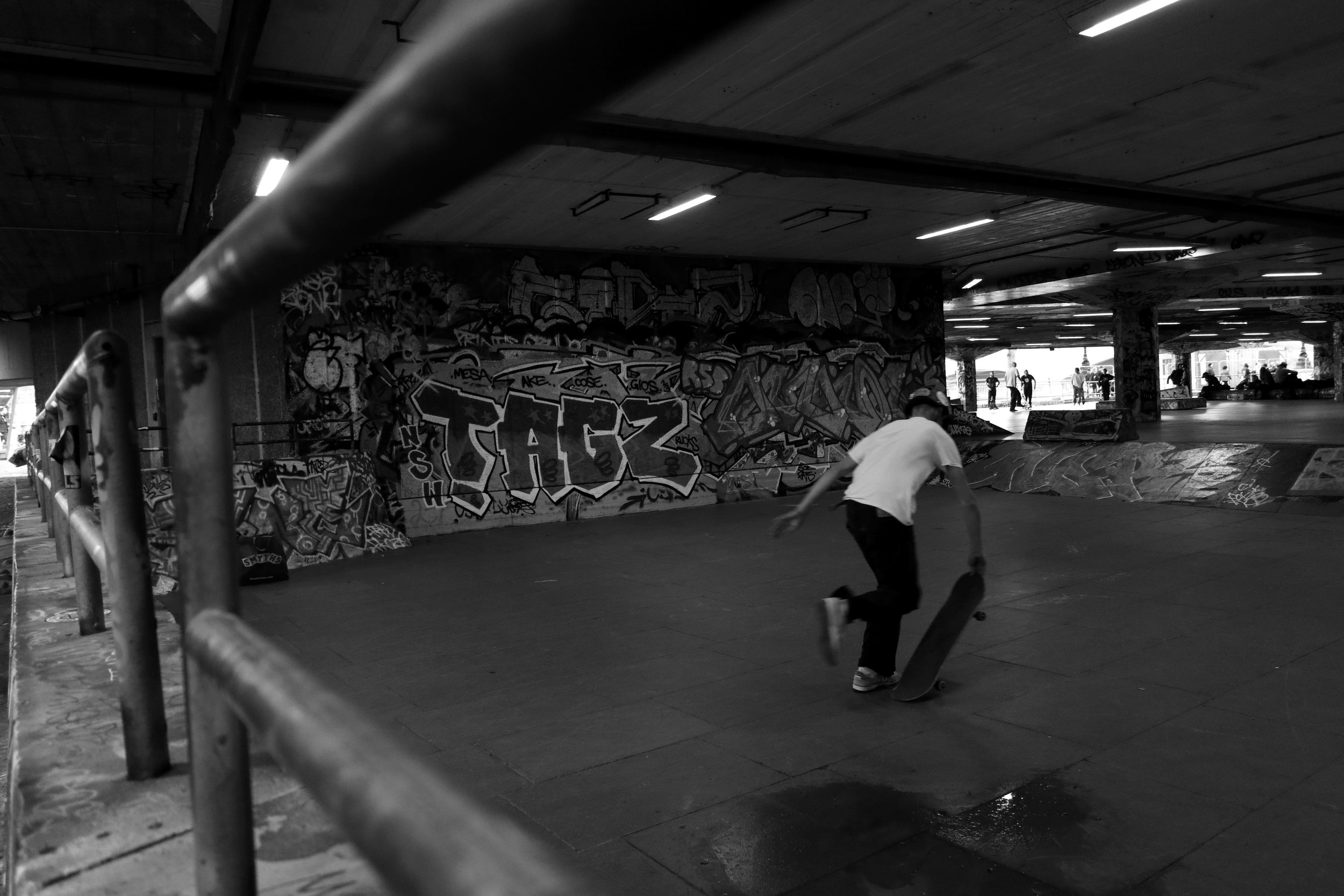
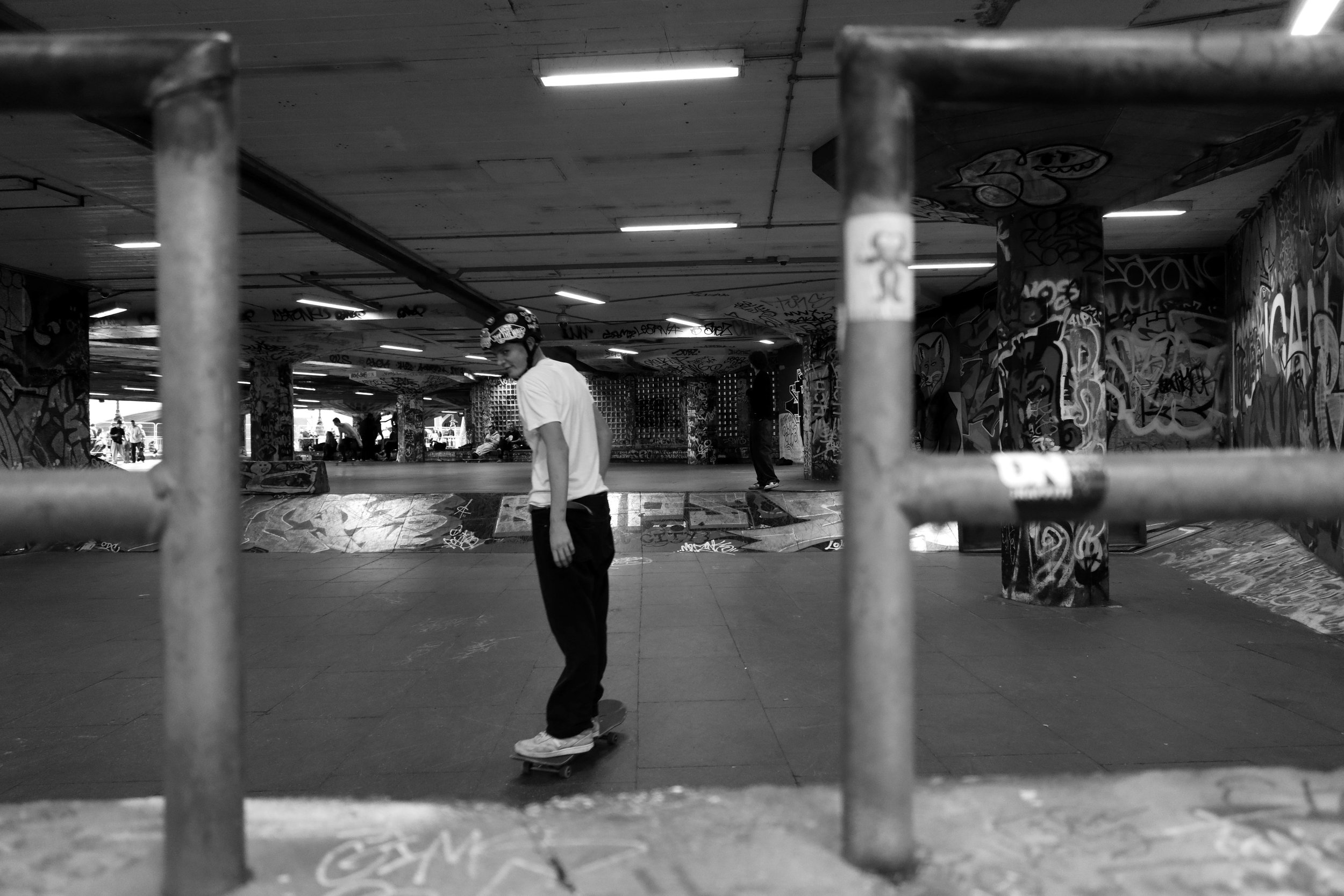
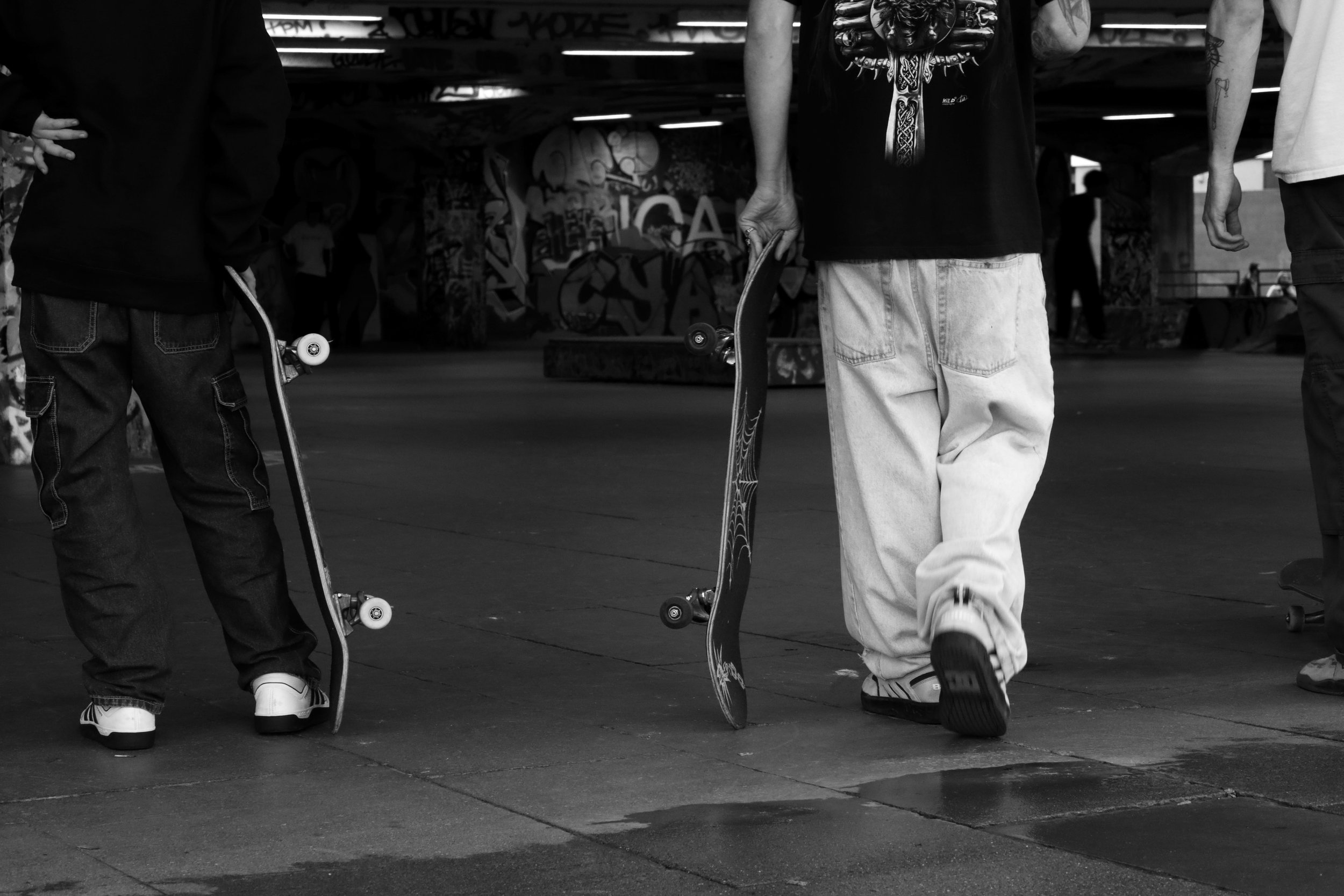
Sometimes all it takes is a few images that represent an action or a process. I recently took an antique clock for repair and the small, atmospheric shop was so photogenic that I asked if I could take a few pictures when I came to collect it. The pictures tell a little story about the craftsman in his workshop. These pictures don’t offer a complete story, but there are details in them that provide clues which prompt us to develop our own interpretation.
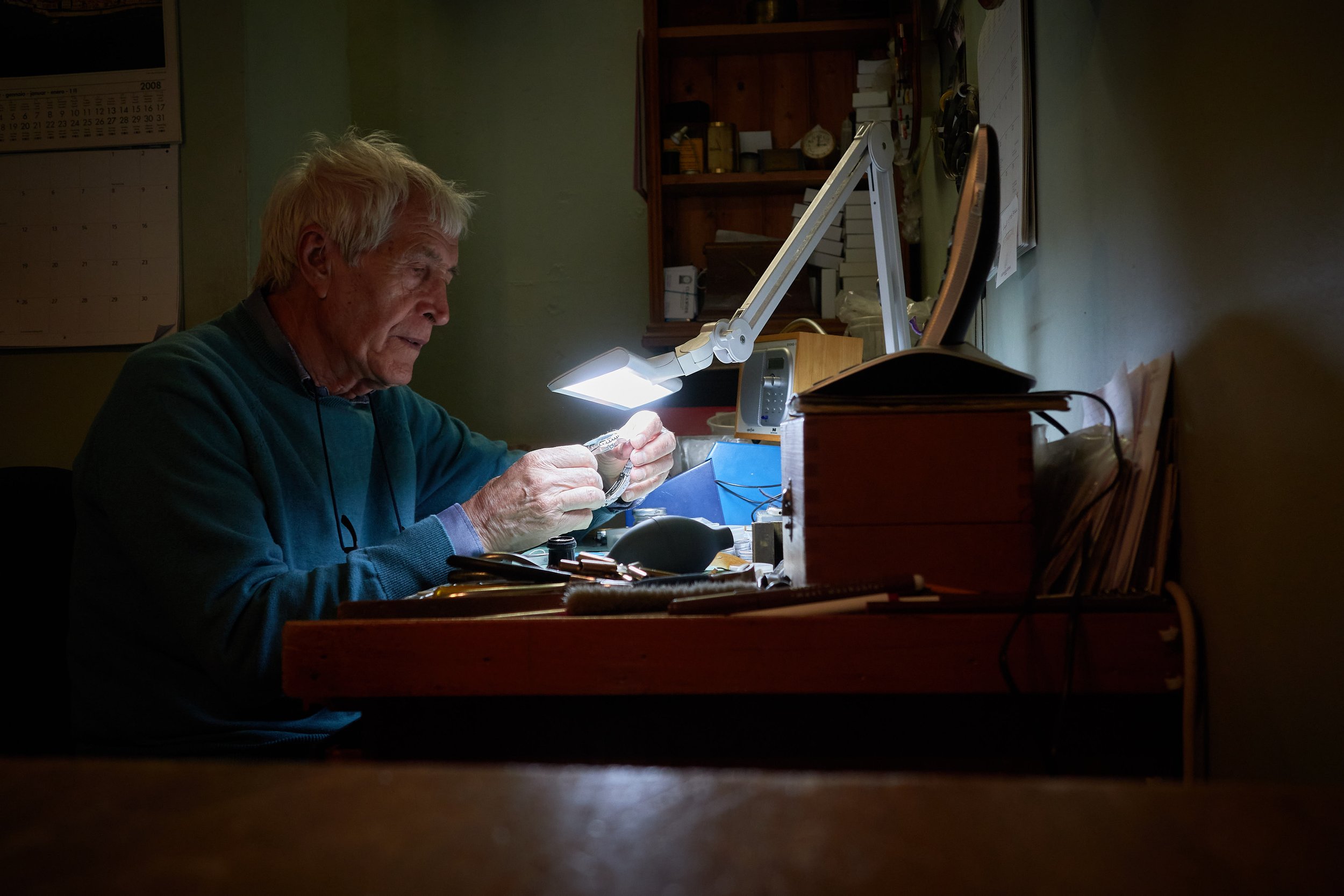
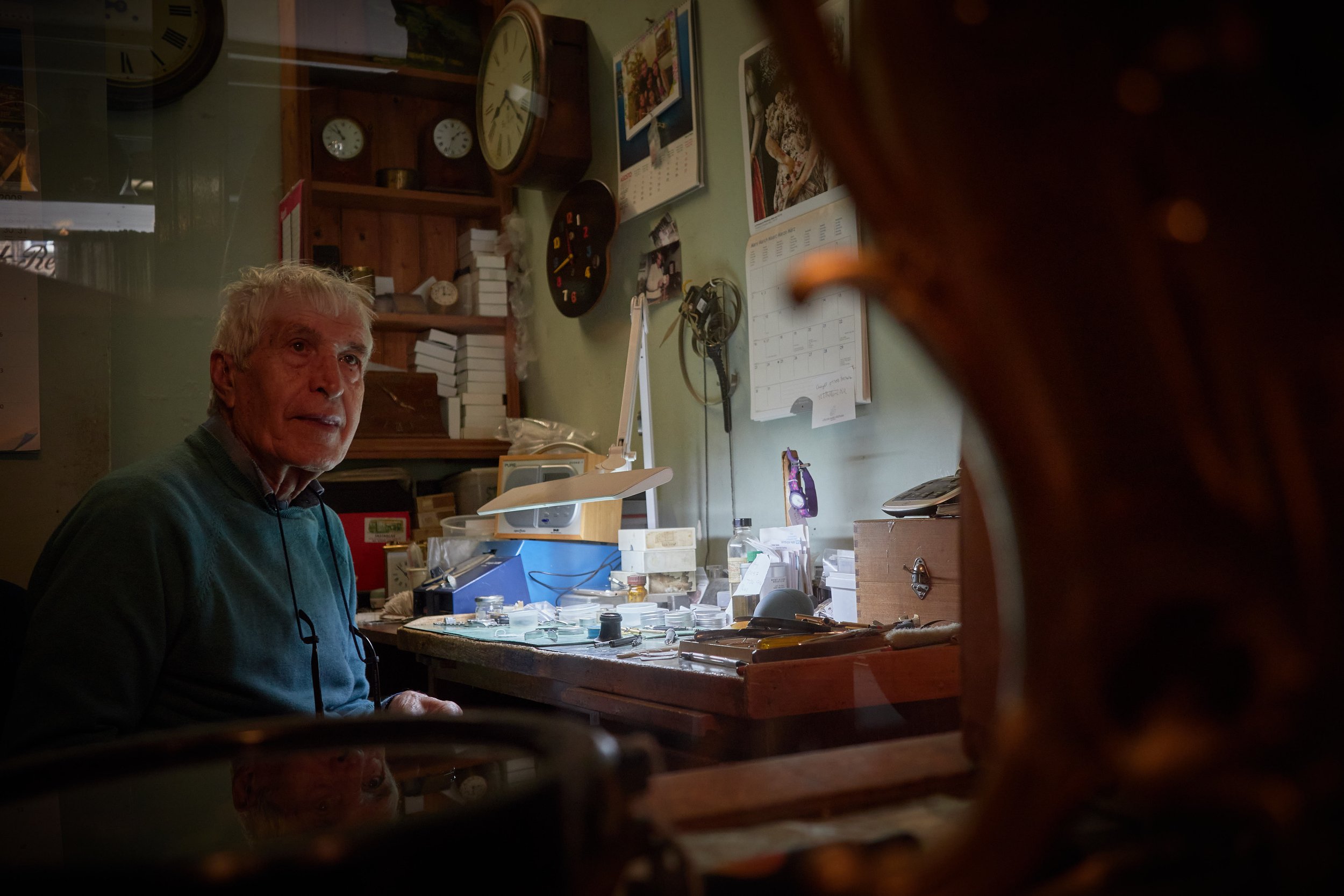
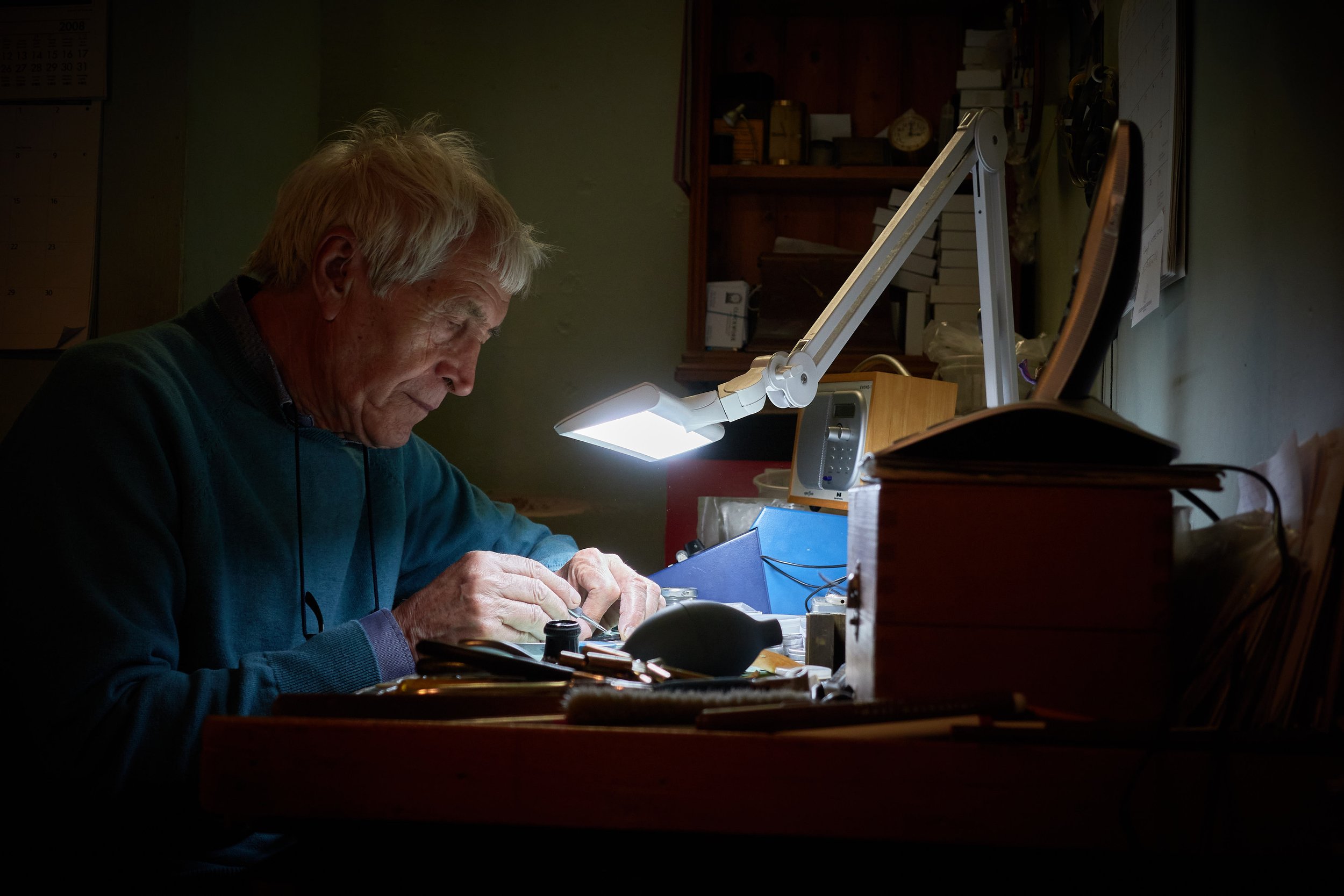
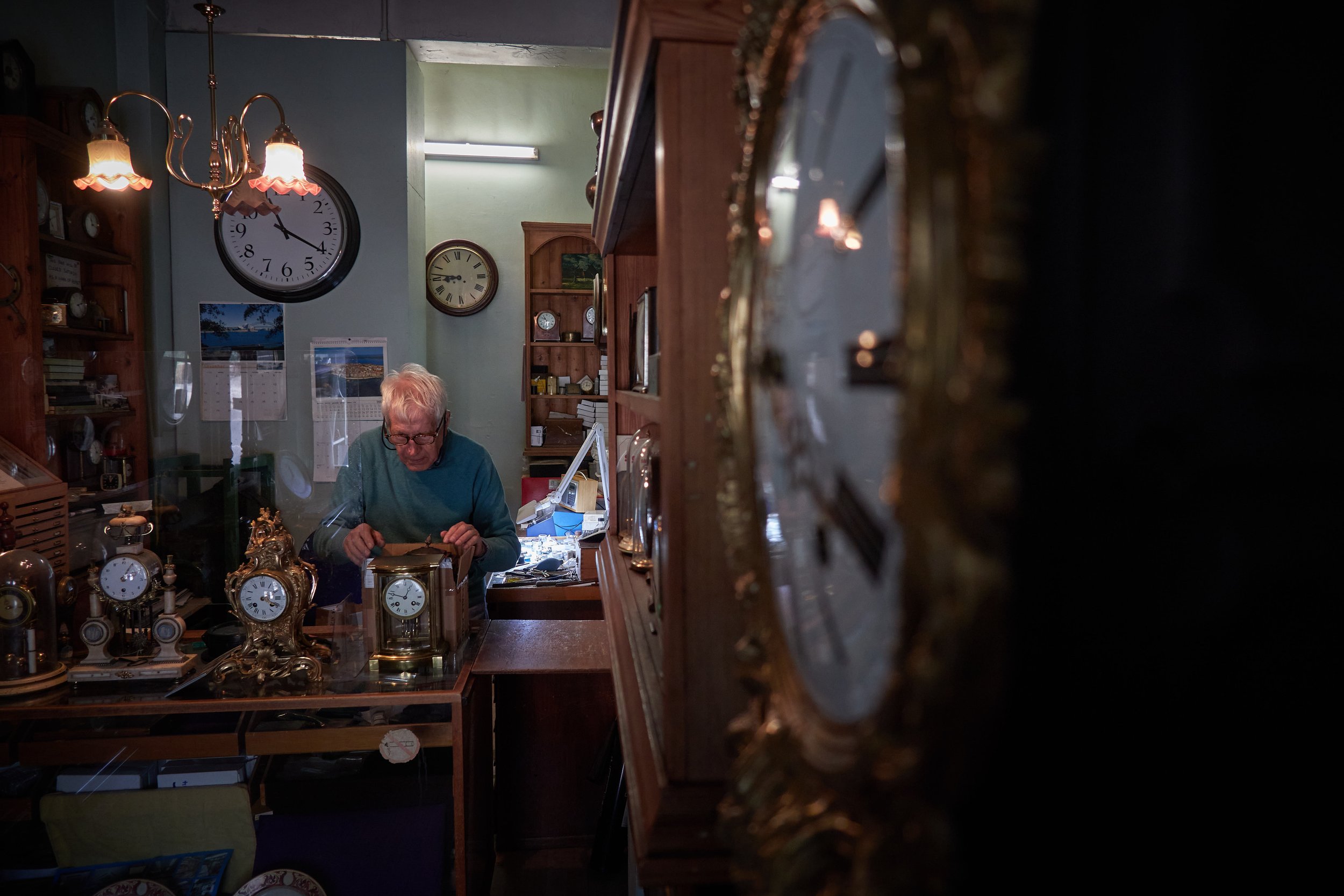
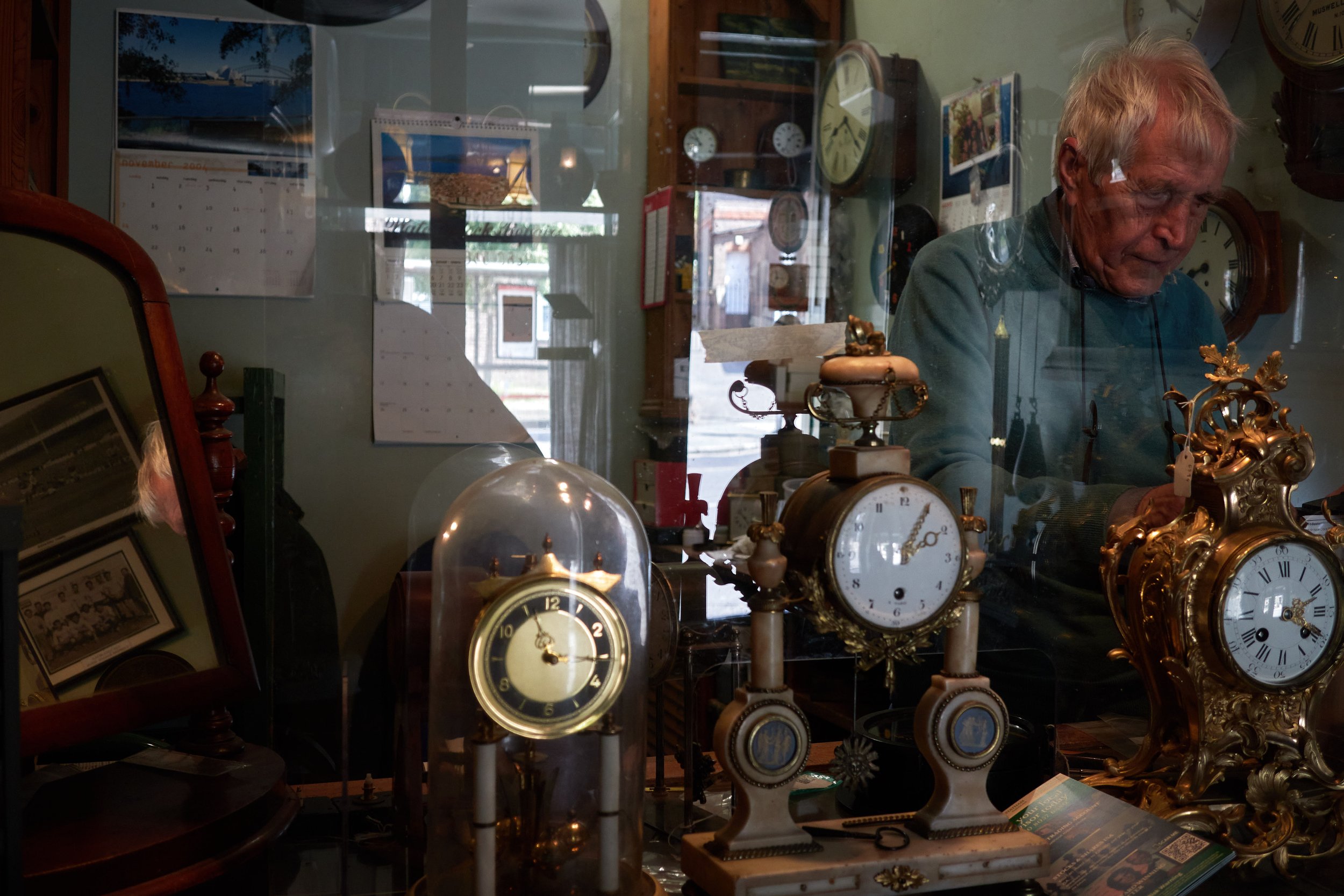
Other stories of course carry a much greater responsibility. There is an established tradition of documentary photography which carries an implicit duty to represent its subject matter with honesty and integrity. The stories that I’ve tried to tell through my own work have been made as honestly as possible, with empathy and respect for my subjects.
There are instances where visual storytelling is by necessity more representative than actual documentary. For an awareness campaign highlighting real lived experiences of young people facing issues of homelessness the charity I was working with, CentrePoint hired young models to portray the true stories being depicted, in order to protect the privacy of the people behind them. While the resulting images could be interpreted as less than authentic, they nevertheless communicate a very real truth. Protecting people’s identities in this way shouldn’t detract from their stories.
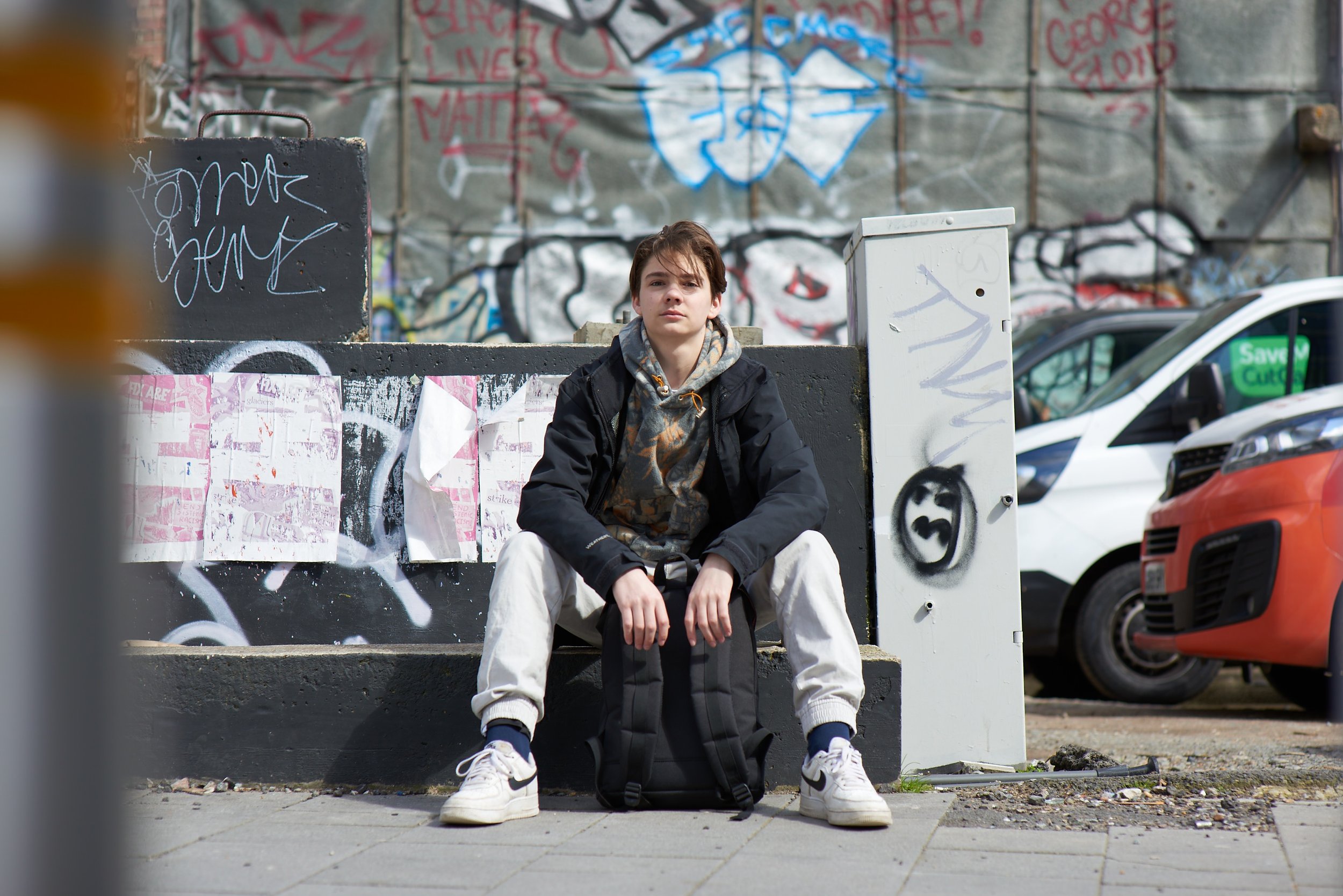
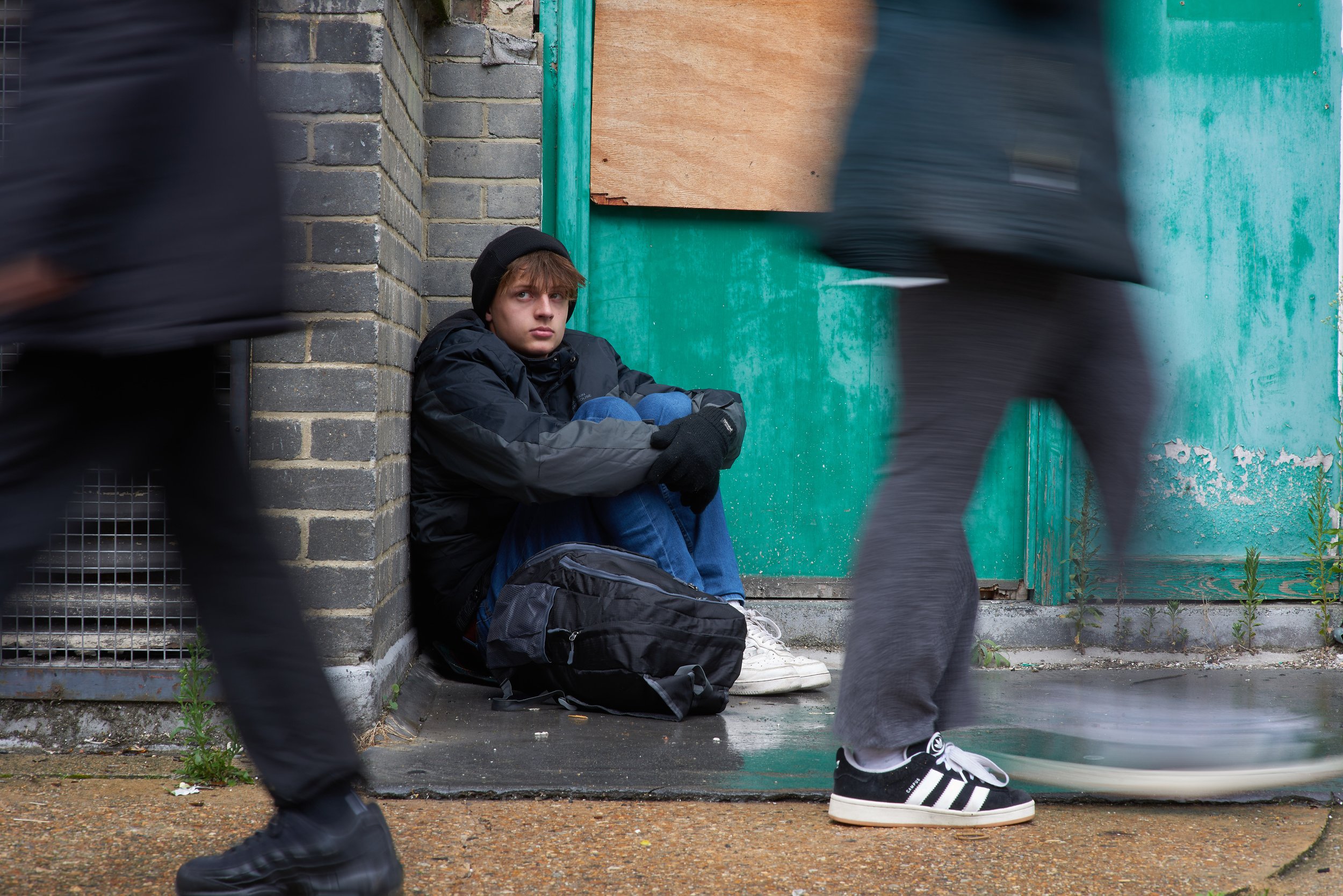
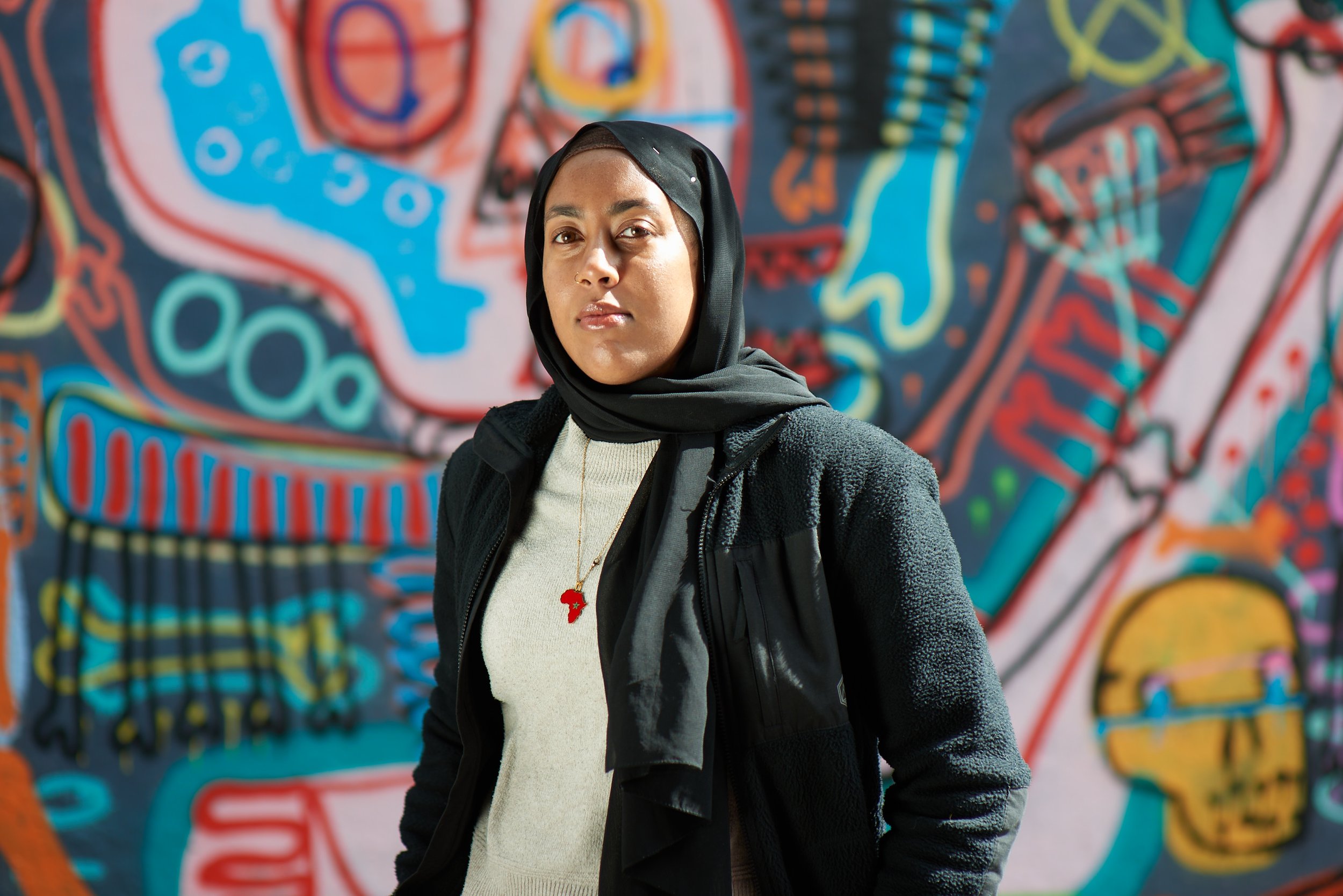
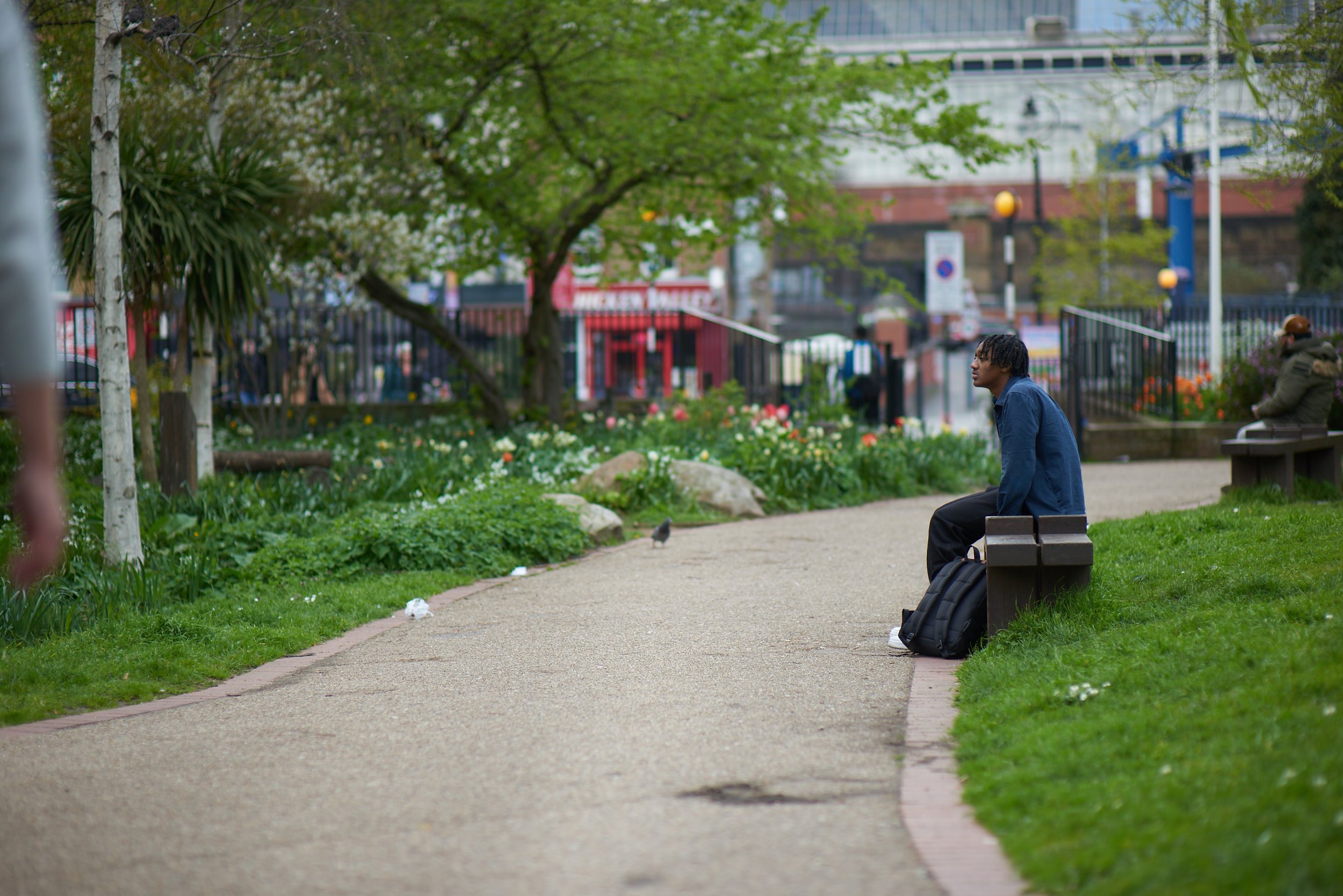
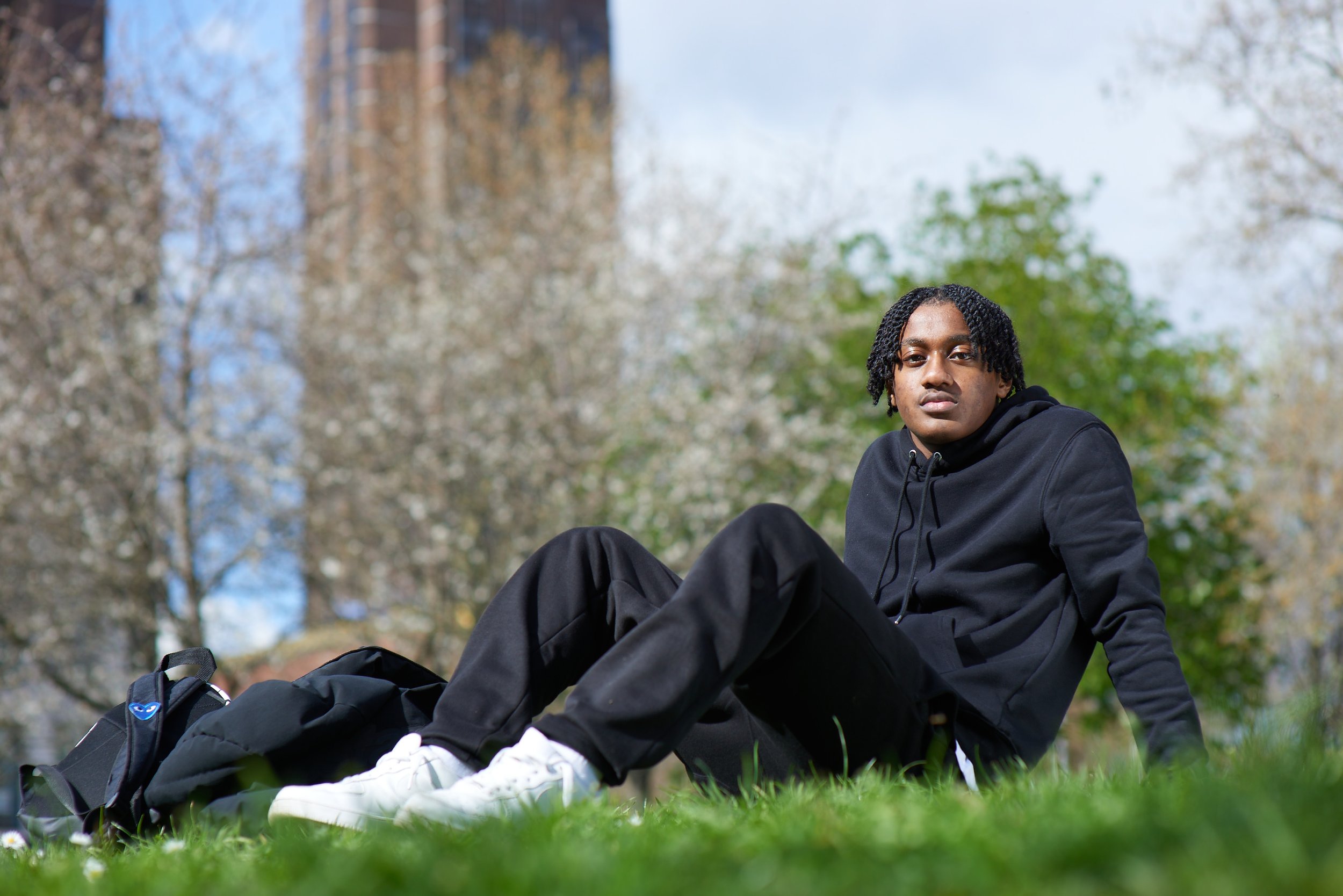
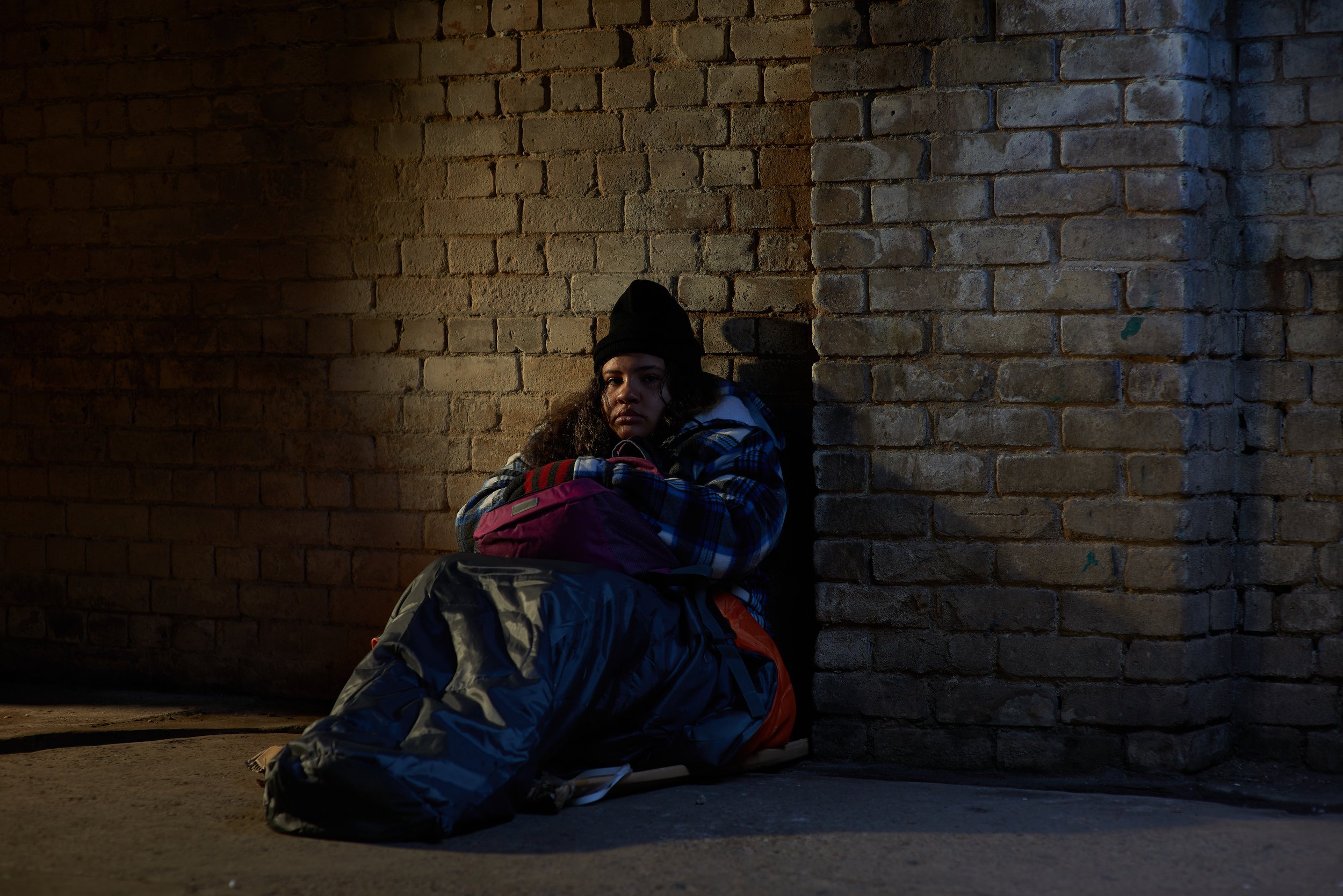
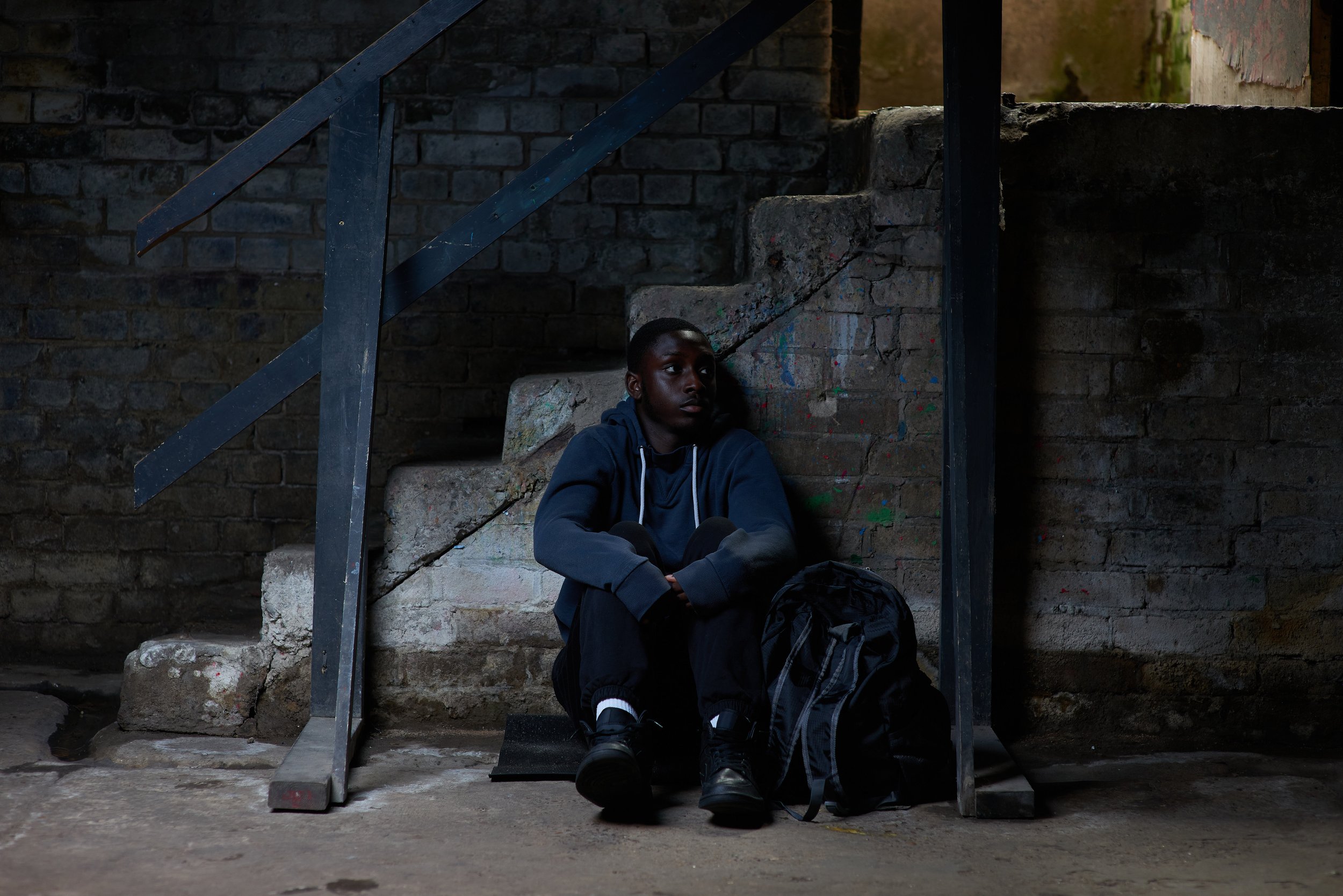

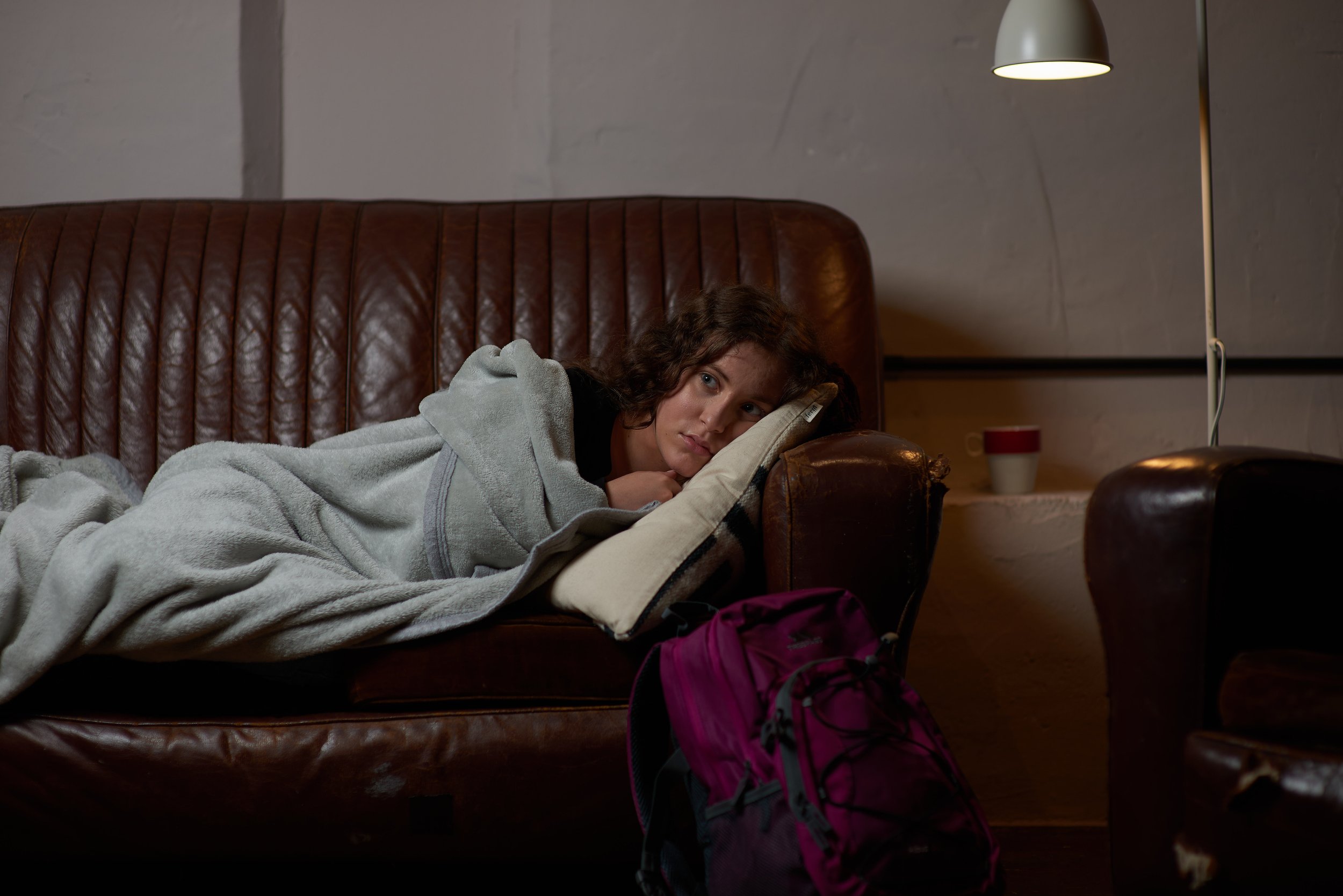
As a photographer, my interest has always been in telling stories. Even when I’m taking corporate headshots, making environmental portraits or photographing food or product, I believe there is always an element of storytelling involved. It is, in my opinion, implicit in the very nature of photography.
If you want me to help tell your story, please get in touch.
